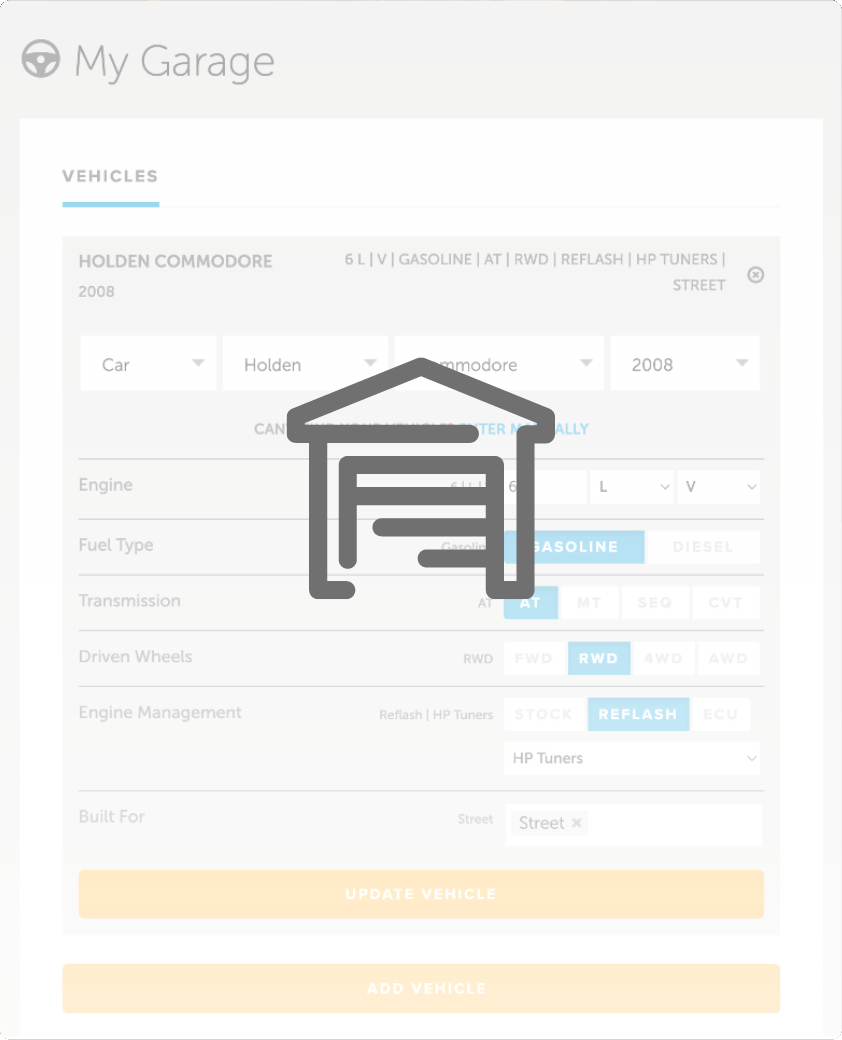| 00:00 |
With our preparation out of the way, we're ready to start 3D scanning our target.
|
| 00:04 |
It doesn't matter if we're using a professional structured light scanner or a smartphone with photogrammetry, the actual practical 3D scanning process is very much the same.
|
| 00:14 |
It's also worth recognising that even though the scanning process is the core action that this course is centred around, it's actually the most simple in comparison to the other steps.
|
| 00:25 |
At this stage in the process, we should be all ready to start scanning.
|
| 00:29 |
So, depending on the app, software or scanner we're using, we just need to initiate the scanning process.
|
| 00:35 |
In other words, it's time to press start.
|
| 00:38 |
With the scan recording, we can move around the object slowly and smoothly, capturing as much data as possible from all different angles.
|
| 00:47 |
There are a few things we need to keep in mind while doing this, like staying within the range of the scanner, and there will be some type of method of communicating this in the software display or on the scanner itself.
|
| 00:59 |
Also, by keeping an eye on the software display, we'll be able to see how we're capturing the target, as the graphic will also usually have some way of communicating to us how we're capturing data.
|
| 01:12 |
So, ideally, we'll be able to adjust our technique to always be capturing as much data as possible, as this will also help with positioning.
|
| 01:21 |
When not much data is being captured, we have the biggest chance of the scanner losing its tracking and errors creeping in.
|
| 01:28 |
We may need to pause the process to review the data and determine which areas we still need to capture, or to readjust the object position or our own position.
|
| 01:38 |
This can also be a good time to remove data, like the surface we're scanning the object on, or the background objects if we want to readjust the object's position.
|
| 01:48 |
Some smartphone apps won't allow us to pause the process and restart, in which case we might need to take multiple scans and merge them later on in the post processing stage.
|
| 02:00 |
But most 3D scanners and software will allow for this, so once we resume scanning, the scanner will need to find its position again by identifying geometric features, texture or positioning targets, whatever is being used.
|
| 02:14 |
With all the data collected and the object covered from every possible direction, we can finish the scan and let the software process the data to create the 3D point cloud.
|
| 02:24 |
Now, is a good time to view the scan in the workspace and make sure all the key areas look clear and will be useful.
|
| 02:31 |
It's also better to catch that something went wrong at this point and realise we need to do it again, as opposed to once we start working with it in our CAD software.
|
| 02:41 |
That's all that's really involved in this part of the process, so before moving on to the next step, let's review the important points.
|
| 02:48 |
With our preparations out of the way, it's just a matter of starting the scan, and slowly and smoothly moving around the object to capture the data from all different angles, while staying within the working range of the scanner.
|
| 03:01 |
It's possible to pause scanning to check what we still need to capture, and if we need to start again, it's just a matter of helping the scanner re-find its position.
|





